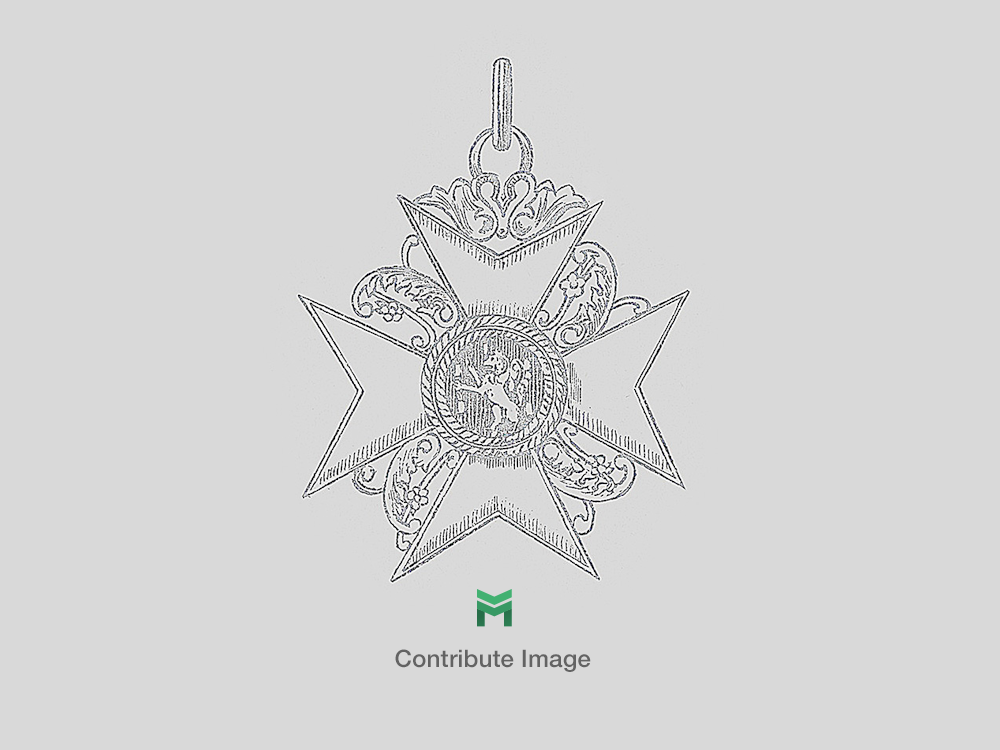Royal Order of Kapiolani, II Class Medal
CATEGORY: Version
SKU: 01.HAW.0102.402.01.000
Estimated market value:

Estimated market value:
The Royal Order of Kapiolani was established by King Kalakaua on August 30 1880 to honour both his Queen, Kapiolani and her namesake, High Chiefness Kapiolani. The Order has 8 classes: Grand Cross, High Grand Officer, Grand Officer, Commander, Companion and two Medals of Honour.
The name Kapiolani, meaning “The Heavenly Arch” carries great importance in Hawaiian culture due to both Queen Kapiolani and High Chiefness Kapiolani. The latter was an important member of the nobility during the founding of Hawaii, and became an early exponent of Christianity on the island. She was one of the first Hawaiians to learn to read, write and to sponsor a church. She defied the Goddess Pele by actively advocating for Christianity and was baptized in 1825, becoming one of the first converts. She succumbed to breast cancer on May 5, 1840 in Honolulu, but is fondly remembered for aiding the less fortunate and ruling in a kind way.
Queen Kapiolani was married to King Kalakaua in 1863. Childless, she adopted her sister’s sons David Kawananakoa and Jonah Kuhio Kalanianaole, as was traditional in Hawaiian culture. Both sons were made princes the King Kalakaua. In 1883, the Grand Cross was conferred upon Queen Kapiolani, as she was a consort of King Kalakaua. She created a maternity home for mothers and their newborns in 1890, which was later converted to the Kapiolani Medical Center, and still survives today. Queen Kapiolani died in 1899.
The Order was granted to individuals for distinguished contributions in the fields of art and science, charity and exceptional services to the sovereign. It was conferred 177 times by King Kalakaua and 3 times by Queen Kapiolani. It has not been awarded since 1892, and became obsolete in 1893.
Medal of Honours are the same size as Companions, but are not as detailed. The second class medal is comprised of bronze with enamel. The medal is worn on the left breast, suspended by a yellow and red striped ribbon. These awards were not limited to how many times they could be bestowed, and no admittance fee was required for subjects. However, because they were considered under grades, being granted this award did not provide special privileges, honours or distinctions. The number of times this medal was conferred is unknown, however at least 20 medals were ordered.

Comments
Sign in to comment and reply.


Scroll Top